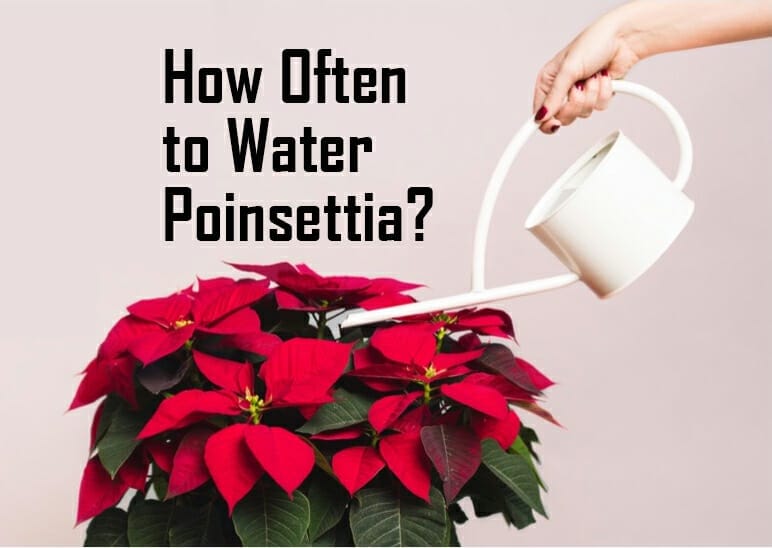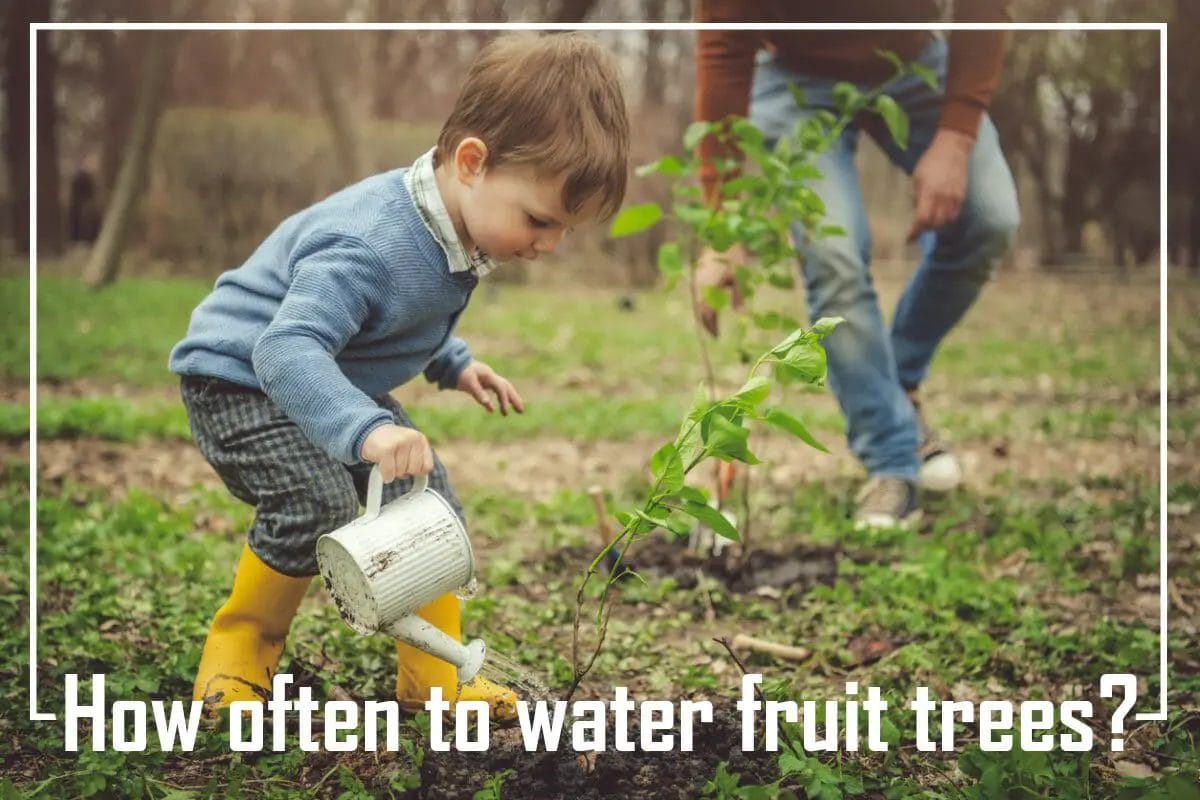A particular amount of water may clean up lakes, oceans, rivers, and other inland water by dispersing it harmlessly. If you pour a cup of black ink into a river, the ink disappears from the great volume of water in the ocean. Still, the ink will remain there, but contamination is very low, which you cannot see. The chemicals in such ink would not create any problems.
A British poet named W. A. H. Auden once said, “Thousands have lived without love, but not one without water.” Yet, despite the water being essential for life, we still trash it. 80% of the world’s wastewater is dumped back into rivers, lakes, and oceans, causing pollution.
Water pollution is a widespread problem that threatens our health. War and all other forms of violence combined do not compare to the death toll from unsafe water. As a result, we have limited access to fresh water: Less than 1 percent of the world’s freshwater is drinkable.
Without action, global freshwater consumption will rise by one-third by 2050. That’s why knowing and being aware of water pollution is so important. We are gonna clear out those things through this article. So, read on to learn about it.
What is Water Pollution?
People say another name for water is life. This is really true. About 70% of the water of the earth is covered with water. Surely this is the greatest resource.
Water pollution is a serious global issue affecting people’s and ecosystems’ health. It occurs when toxic substances are introduced into water sources, such as rivers, lakes, oceans, and groundwater. These pollutants can come from various sources, including industrial waste, agricultural runoff, sewage, and even radioactive materials.
The consequences of water pollution are far-reaching and devastating. Contaminated water can cause illnesses like diarrhea, cholera, dysentery, and typhoid in humans who consume it or come into contact with it. In addition, polluted water also affects aquatic life; fish may die due to a lack of oxygen or become contaminated with toxins that can be passed up the food chain to humans.
In 2008 nearly 1000 children died in India from diarrheal sickness from consuming polluted water. This number has increased rapidly in the last five years.
It is true that human-made and natural activities mainly pollute water. Earthquakes, volcanic eruptions, Tsunamis, etc., are indicated as altering water and contaminating it. It also affects the ecosystem, which remains underwater.
What are the Causes of Water Pollution?
Sewage
Millions of people think that disposing of sewage waste is a great problem. This is the statistic of the World Health Organization that about 780 million people have no chance to drink safe water.
About 2.5 billion people do not have well sanitation management. However, there have been lots of improvements in securing access to clean water. In the last decades, little improvement has been seen in the sanitation sector.
Sewage disposal affects the environment of people and causes water-related diseases like diarrhea. It kills 760000 children under five every year. In developed countries, people use flush toilets, which carry sewage waste hygienically and rapidly away from their homes.
In theory, sewage is a natural substance that must be broken down without harming the environment. Ninety percent of sewage is water. In sewage, there are various kinds of chemicals.
People collect plastic, paper, and some other waste from pharmaceuticals. If people become sick with viruses, their sewage carries them into the environment. It may catch illnesses like typhoid, hepatitis, and cholera from sea and river water.
Wastewater
Only a few statistics explain the scale of the problem which comes from untreated wastewater. Almost half of the oceans are polluted, mainly by wastewater and sewage. The world produces five to ten billion tons of industrial waste annually, which is thrown into oceans, rivers, and other waterways. In the US, around 4000,000 factories take clean water from rivers.
Recently a great improvement has occurred in wastewater treatment. Since 1970, in the US, the Environmental Protection Agency EPA has invested about seventy billion to improve water treatment plants in 2015, serving around 88% of the US population. Another 271 billion still need an upgrade and an update of the system.
Factories are the important points of water pollution. But ordinary people indeed pollute a lot of water from nonpoint sources. In this way, normal water becomes polluted water in the first place.
Everyone pours chemicals into the toilets or the drain. Besides, washing machines and dishwashers pollute our oceans and rivers. We also use pesticides in our gardens.
From highway runoff, a great amount of toxic pollution enters the water. Normally highways are covered with toxic chemicals and cocktails. Everything from brake fluids and spilled fuel to worn tires and exhaust emissions.
When it rains, they get mixed with rivers and drains. Heavy rains and summer storm brings this chemical into rivers and ponds. So a huge amount of fish faces death overnight.
Some highway runoff goes into the drain, and other pollute groundwater or accumulates in the land next to the road, making it very toxic as the year passes.
Chemical Waste
Detergents are mild substances. You will see the opposite result if you see it from the other angle. The opposite side of the spectrum is very poisonous chemicals like polychlorinated biphenyls.
Once they are greatly used to manufacture electronic circuit boards, now people know the harmful effects of it. So it is prohibited to use in many countries of the world. An estimated half million tons of PCBs were discharged into the environment during the twentieth century. They are brought there by the oceans, thousands of miles from where they entered the environment.
Though PCBs are elaborately banned, the effects remain for decades as they remain in the environment for a long time, except for breaking down. Another type of pollution may occur for some heavy metals like mercury, lead, and cadmium once the lead is used in gasoline in some restricted countries. Cadmium and Mercury are still used to make batteries.
Today, a highly toxic chemical named tributyltin is being used to save boats from the ravaging effects of the ocean. Ironically, TBT is known as a pollutant: people are using this to save the boat from damage, but they are polluting the water in the sea.
Historic heavy metal pollution happened in the ocean in 1938 when a Japanese factory emitted a great amount of mercury metal into Minamata Bay, having fish stocks there. Many people ate the fish and became poisoned around 2000. Hundreds of people became dead and were disabled, also many.
Radioactive Waste
People become aware of radioactive waste with more alarm- for many good reasons. High concentrations may kill, but with a lower concentration, it may cause cancers and some other illnesses. Two factories in Europe are the biggest sources of radioactive pollution.
They reprocess the waste fuel from the nuclear power plants: Cap La Hague to the north coast of France and Sellafield to the North West coast of Britain. Both of them discharge radioactive wastewater into the sea. The ocean currents carry it around the whole world.
A country like Norway, situated downstream of Britain, gets good doses of radioactive pollution from Sellafield. This country’s government repeatedly complains that Sellafield increases the radiation level along the coast by six to ten times. Both the Norwegian and Irish governments are going on to press for the plant’s closure.
Oil Pollution
If you think about ocean pollution, great black oil slicks spring to your mind. The spectacular accidents represent a small fraction of all the pollution going into the oceans. Thinking of oil by itself, tanker spill is not very important as they seem to be. Only twelve percent of the oil which enters the ocean comes from tanker accidents.
Another 70% of pollution occurs from pouring down drains on land and from routine shipping. The sheer quantity of the oil that comes from the concentration of oil they produce in 1 much-localized part of the marine environment makes tanker spills very destructive.
The biggest oil spill happened in recent years when the tanker Exxon Valdez broke up in Prince William Sound in Alaska in 1989. About twelve million gallons of oil are released into pristine wilderness.
Plastics
As you have participated in community bleach cleaning, you know well that plastic is the common element that washes up with the waves. It has three reasons: plastic is the very common material used to make almost all kinds of manufactured objects, from clothing to the parts of automobiles.
It floats easily and is very light, so it is easy to travel enormous distances across the oceans. Maximum plastics are not biodegradable, meaning that plastic can survive in the marine environment for a long time. Plastic can survive up to 400 years, and plastic fishing lines may last for up to 600 years.
Plastics are not so poisonous to toxic chemicals; they do not create a major hazard for fish, seabirds, and other marine creatures. Suppose plastic fishing lines, as well as other debris, may strangle or choke fish.
It is true that about half of the world’s seabird species are likely known to eat plastic residues. A study has been done on 450 shearwaters in the North Pacific indicated that about eighty percent of the birds have plastic residues in their stomachs.
At the beginning of the 1990s, marine scientist Tim Benton gathered debris from the two km length of the beach to the isolated Pitcairn Islands in the South Pacific. His study gathered about a thousand pieces of garbage, 268 pieces of plastic, seventy-one plastic bottles, and two doll heads.
Agriculture
Agriculture is one of the most important industries in the United States, but it also significantly impacts our water resources. It is responsible for around 80% of the nation’s water consumption and is a major source of pollution in rivers and streams.
Runoff from farms contaminates waterways with fertilizers, animal waste, and pesticides. These contaminants usually contain high amounts of phosphorous and nitrogen, leading to algal blooms that can harm aquatic life.
The effects of agricultural pollution on our water resources are far-reaching. Not only does it contaminate drinking water sources, it can also cause fish kills due to oxygen depletion caused by algal blooms. In addition, agricultural runoff can increase sedimentation in rivers and streams, leading to decreased water clarity and reduced habitat for aquatic species.
To reduce these impacts, farmers should use best management practices such as cover crops or buffer strips to reduce runoff from their fields. Reducing agricultural pollution can help protect our precious water resources for future generations.
What are the Effects of Water Pollution?
Water pollution has a devastating impact on entire ecosystems. When beaches fail to meet the benchmark of safe swimming water, it is a health risk for humans and marine life. The excessive nutrient pollution from untreated sewage, animal waste, and agricultural runoff has caused an increase in low-oxygen areas known as dead zones.
These dead zones are now close to 700 in number and cover an area equivalent to the size of the UK. This marine pollution is mainly caused by land-based activities such as dumping garbage and other pollutants into rivers and oceans.
The effects of water pollution are far-reaching and can cause irreparable damage to aquatic life. Fish, shellfish, coral reefs, seagrass beds, and other organisms can be killed or harmed due to contaminated water sources. In addition, polluted waters can lead to algal blooms, which can deplete oxygen levels in the water, making it difficult for aquatic species to survive.
Furthermore, these pollutants can also enter the food chain through fish consumption leading to potential health risks for humans who consume them. Therefore, we must reduce our contribution towards water pollution to protect our environment and safeguard future generations from its harmful effects.
Frequently Asked Questions [FAQs]
1. What are 4 effects of water pollution on human health?
2. What are the main sources of water pollution?
3. What are the effects of water pollution on aquatic life?
4. What are the solutions to reduce water pollution?
5. What are the effects of water pollution on drinking water sources?
Conclusion
Another name for water is life. That’s consuming safe drinking water is essential; however, it’s becoming difficult day by day. Because as the world becomes crowded, people are creating more waste every minute. That’s made keeping water safe so difficult. But that’s can be overcome easily if we decide to be extra careful about creating waste. Make less waste, and keep the water safe.
Sarah J. Gregory
352 Hershell Hollow Road
Anaheim, CA 92805






